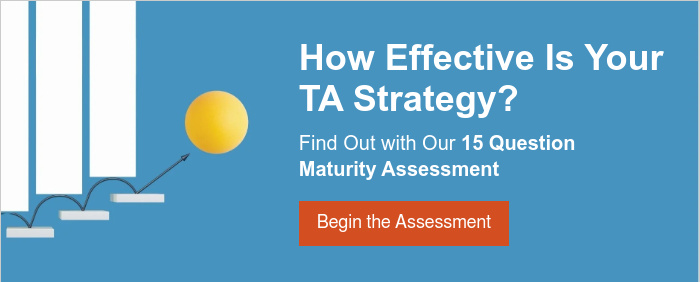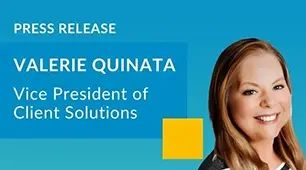Standing out in today’s talent market takes more than just competitive pay and perks, it takes a clear, compelling reason for people to choose your company and stay. That’s where a strong Employee Value Proposition (EVP) comes in.
When done right, your EVP becomes a true reflection of what your company stands for and why people should want to be part of it. But how do you build an EVP that resonates?
This blog explores five strategies to help HR leaders and talent teams shape an EVP that connects with people, reflects company values, and supports long-term success.
1. Ground Your EVP in Mission and PurposeA strong EVP starts with a deep understanding of your organization’s mission. In purpose-driven sectors like healthcare or non-profit, employees are often motivated by more than compensation, they want to make a difference.
Your EVP should reflect that. Emphasize impact, purpose, and service. For mission-focused roles, highlight how employees contribute to your organization’s vision and the communities you serve.
Example: Weave messaging about service, impact, and community into job postings and your careers site.
2. Align Leadership Behaviour with Cultural Promises
An EVP doesn’t live in a brochure, it lives in behaviour. Leaders play a critical role in activating EVP by modeling the values they promote. If your EVP promotes work-life balance, leaders should demonstrate it by taking time off and supporting flexibility.
Consistency between words and actions builds trust and strengthens cultural alignment.
Tip: Encourage leaders to participate in wellness programs, learning opportunities, and recognition efforts they expect others to value.
3. Use Market and Utilization Data to Guide Investment
While salary benchmarking still matters, today’s EVP requires a broader view. HR teams should analyze not only compensation, but also what benefits employees actually use and value.
Utilization data from benefit brokers and retirement vendors can reveal key insights. Are employees using mental health resources? Are financial wellness programs effective? Let that data guide your investments.
Tip: Conduct annual reviews of benefit utilization to optimize offerings and meet real employee needs.
4. Create a Memorable Candidate Experience
The candidate journey is one of the most important ways your EVP comes to life. From the first interview, candidates are assessing whether your organization aligns with their values.
An authentic, thoughtful interview process leaves a lasting impression. Share employee testimonials, communicate clearly, and show genuine interest in candidates goals.
Tip: Train hiring managers to share stories that reflect your culture and bring EVP values to life in interviews.
5. Build EVP by Listening First
Rather than rolling out top-down initiatives, the most impactful EVPs are co-created. Start by asking employees why they stay, what they value, and how they experience the workplace. Use this feedback to highlight the cultural strengths that already exist, then enhance them.
Town halls, focus groups, and engagement surveys can surface meaningful insights. Listening ensures your EVP reflects reality, not just aspiration.
Tip: Use exit and stay interviews to gather first-hand feedback on what’s working and where improvements are needed.
Remember, EVP Is an Ongoing Relationship
Your EVP isn’t a campaign, it’s a reflection of your employee experience. It should evolve as your workforce changes, as new generations enter, and as business needs shift. Building a lasting EVP requires continuous listening, alignment, and authenticity.
Want to understand where your organization stands today?
Take the TA Maturity Assessment and explore strategies to strengthen your EVP and overall talent approach.






